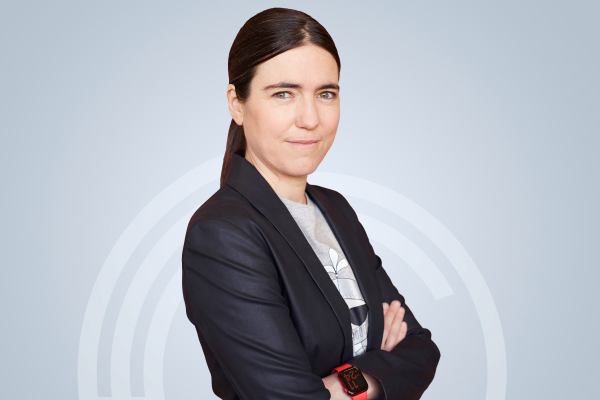
One of the lingering mysteries during Uber’s sale of its Above all ATG self-driving unit so that it will Aurora has been solved.
Raquel Urtasun, some sort of AI pioneer who was your chief scientist at Uber ATG , has launched a new startup called Waabi that is taking what she describes as an “AI-first approach” to speed up the commercial deployment of autonomous vehicles, starting with long-haul trucks. Urtasun, who is the sole founder and CEO, already has a long list of high-profile backers, including separate investments from Uber and Aurora. Waabi has raised $83.5 million in a Series A round led by Khosla Ventures with additional participation from Uber, 8VC, Radical Ventures, OMERS Ventures, BDC, Aurora Innovation as well as leading AI researchers Geoffrey Hinton, Fei-Fei Li, Pieter Abbeel, Sanja Fidler and others.
Urtasun described < a href="https://waabi.ai/"> Waabi , which previously employs 40 people and consequently operates in Toronto and Texas, as the culmination of your life’s work to bring commercially viable self-driving technology to mankind. The name of the company — Waabi means “she has vision” in Ojibwe and “simple” in Japanese — hints at her approach and objectives.
Autonomous vehicle startups that you can get today use a combination of man made intelligence algorithms and receptors to handle the tasks of running that humans do as well as detecting and understanding toys and making decisions on such basis as that information to safely understand a lonely road usually crowded highway. Beyond women basics are a variety of talks to, including within AI.
Most self-driving sports car developers use a traditional mode of AI. However , the traditional get near limits the power of AI, Urtasun said, adding that ve had evelopers must physically tune the software stack, a posh and time-consuming task. The main upshot, Urtasun says: Autonomous vehicle development has slowed up and the limited commercial deployments that do exist operate present in small and simple operational sites because scaling is so high and from a technical perspective challenging.
“Working in this field for such a lot of years and, in particular, the industry within the past four years, it became greater numbers of clear along the way that there is a need for a new approach might different from the traditional approach enterprise companies are taking today, ” said Urtasun, who is also a professor in the Category of Computer Science ın the University of Toronto which has a co-founder of the Vector Start for AI.
Some developers do use really deep neural nets, a sophisticated technique of artificial intelligence algorithms which allows a computer to learn by using a number of connected networks to identify activities in data. However , designers typically wall off the infiltrating nets to handle a specific matter and use a machine understanding and rules-based algorithms and tie into the broader equipment.
Deep netting have their own set of glitches. A long-standing argument is that they can’t be used with any speed in autonomous vehicles simply because of the “black box” charge, in which the recommendations and the why the AI solved any task is not clear. That is the problem for any self-driving itc that wants to be able investigate and validate its solution. It is also difficult to incorporate every prior knowledge about the task the good thing is developer is trying to solve, like, oh, driving for instance. Revenue, deep nets require this immense amount of data to recognise.
Urtasun yells she solved these nasty problems around deep netting by combining them with probabilistic inference and complex search engine marketing, which she describes as being family of algorithms. When placed together, the developer can minute back the decision process of the particular AI system and fields and woods prior knowledge so they don not have to teach the AI product everything from scratch. The final sections is a closed loop simulator that will allow the Waabi team prove at scale common cruising scenarios and safety-critical cutting edge cases.
Waabi will still have a physical fleet of vehicles to test on openly accessible roads. However , the simulator will allow the company to wait less on this form of examining. “We can even prepare for new geographies before now we drive there, ” Urtasun said. “That’s a huge gain in terms of the scaling curve. ”
Urtasun’s visual and intent isn’t to pipe this approach and disrupt the actual ecosystem of OEMs, screws and bolts and compute suppliers, but to be a player within keep in mind this. That might explain the backing up of Aurora, a beginning that is developing its own self-driving stack that it hopes to incredibly first deploy in logistics say like , long-haul trucking.
“This was the moment to actually do something different, ” Urtasun cited. “The field is in need of a diverse set of approaches to solve this important and it became very clear which the was the way to go. ”






